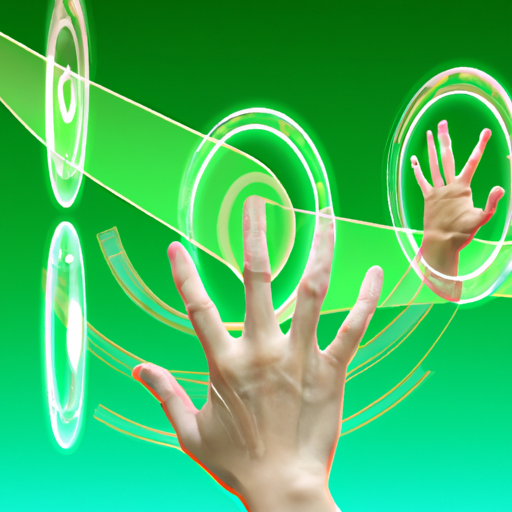In recent years, gesture-controlled interfaces have emerged as a revolutionary technology, promising to transform the way we interact with our devices. This touchless technology eliminates the need for physical contact, allowing users to control their devices through simple hand movements.
What Are Gesture-Controlled Interfaces?
Gesture-controlled interfaces utilize motion sensors and advanced algorithms to recognize and interpret human gestures. These interfaces are not just about swiping or tapping; they unlock a plethora of possibilities for more intuitive interactions without the need for keyboards or touchscreens.
The Evolution of Gesture Recognition Technology
From the initial introduction of simple motion tracking in gaming consoles to today’s sophisticated systems that can interpret complex gestures, the evolution of gesture-controlled interfaces has been remarkable. Innovations in machine learning and artificial intelligence have vastly improved the accuracy and responsiveness of these systems.
Applications and Benefits
Various industries are beginning to adopt this technology. Some key applications include:
- Healthcare: Surgeons can interact with monitors during operations without contaminating their environment.
- Automotive: Drivers can control in-car systems without taking their hands off the wheel.
- Smart Home Devices: Home automation systems can be operated with simple hand signals, enhancing ease of usage.
The User Experience Revolution
As the landscape of user experience continues to evolve, gesture-controlled interfaces stand at the forefront. They promise to provide more immersive and engaging interactions by catering to the natural movements of users. This represents a significant shift from conventional interaction methods, emphasizing the importance of natural human behavior.
Challenges Ahead
Despite their potential, the widespread adoption of gesture-controlled interfaces faces several challenges. Issues such as precise gesture recognition in varied lighting conditions and user fatigue from inaccurate systems must be addressed. Developers are investing significant resources into refining these technologies to ensure robust and fluid interaction.
The Future of Interaction
As we look toward the future, the impact of gesture-controlled interfaces on both personal and professional technology can’t be overstated. With advancements in motion sensing technology, we are likely on the brink of a new era in human-device interaction that will redefine our everyday experiences.
Conclusion
In conclusion, as gesture-controlled interfaces continue to evolve, the potential for enhanced user experience, efficiency, and engagement will further solidify their place in the technology landscape. With ongoing research and development, the future holds exciting prospects for more intuitive, seamless interactions across devices.
Stay tuned as we continue to explore the advancements and implications of gesture control technology in our digital lives!




